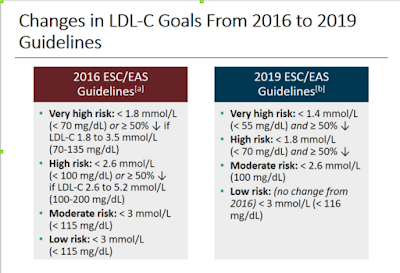MANAGEMENT OF HIGH SPINAL BLOCK
MANAGEMENT OF HIGH SPINAL BLOCK 1. Recognition of high spinal and call for help 2. If only circulatory compromise: Correction of bradycardia and hypotension. Lateral displacement of uterus manually, with a wedge under the patient or by tilting the theatre table. Vagolytics like Atropine 0.6mg can be useful for severe bradycardia. For hypotension, Phenylephrine13 boluses of 50-100mcg can be given. It can also be given as an infusion 20-40ml/hr (in a concentration of 100mcg/ml or as per hospital protocol). Ephedrine in 6mg boluses can also be given if there is hypotension and bradycardia. Metaraminol boluses of 0.5mg or as an infusion in a concentration of 0.5mg/ml. Mephentermine14 has been used as a 3-5mg intravenous bolus or intravenous infusion of 2-5mg/min, or 25-50mg intramuscularly. Limited information is available regarding placental transfer and foetal metabolic effects, although it is a popular agent in a number of low and middle-i...



